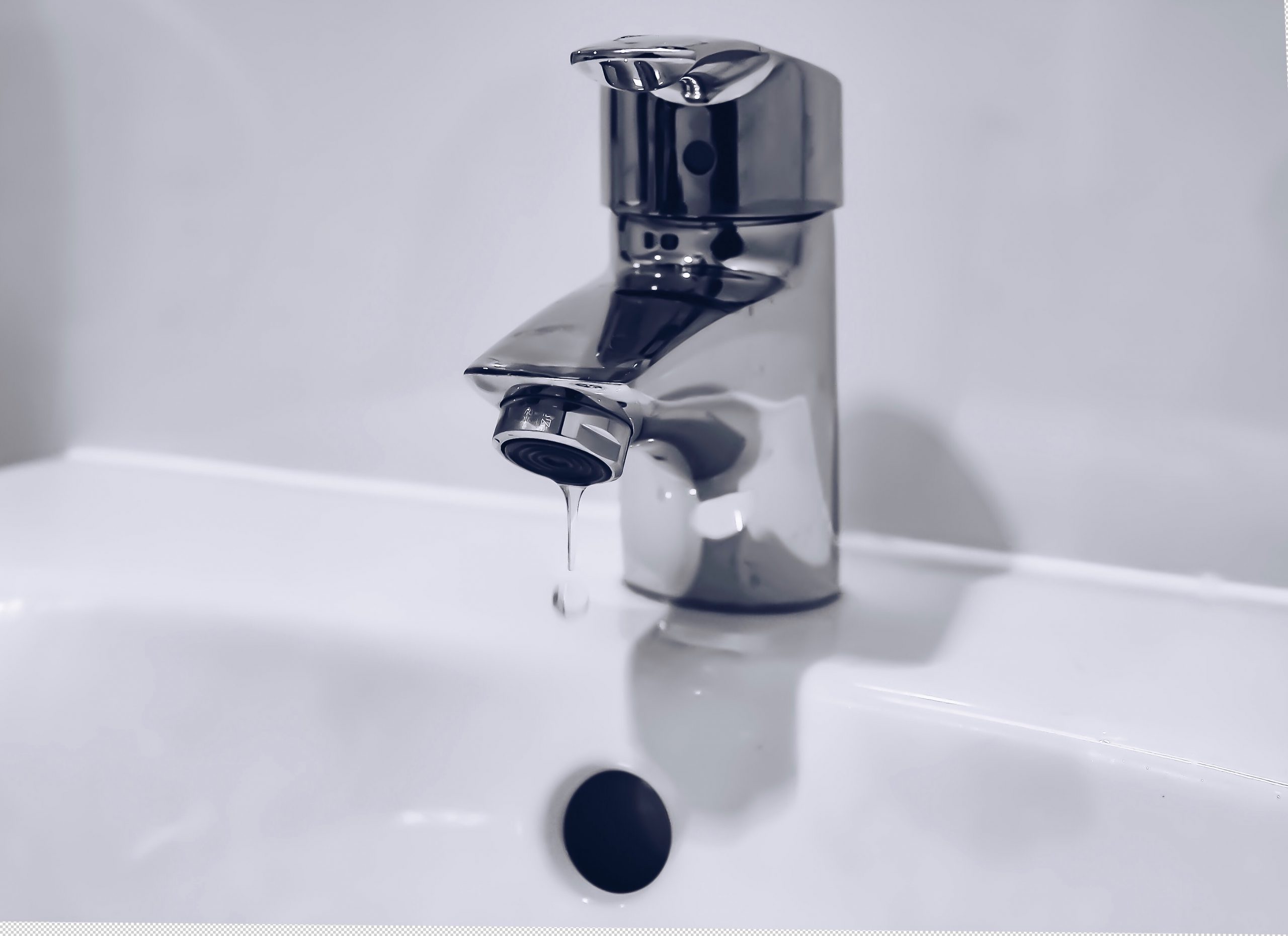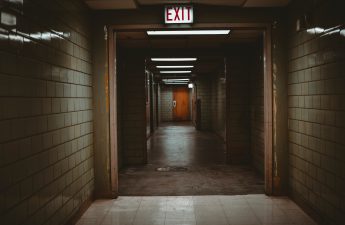No landlord enjoys paying for maintenance. Repairs are the largest variable cost when operating rental properties. This is true for single-family homes or large apartment buildings. Some landlords might tend to hide from these expenses, however we firmly believe staying on top of routine repairs saves money in the long run. Fortunately, we believe you can avoid costly mistakes using a rental property maintenance checklist. We’ve created a sample which you can use as-is or as a starting point in creating your own.
This is the first of our 3-part series on maintenance that needs to be addressed regularly and proactively – especially those that are important but commonly overlooked.
We’ve Now Published Parts 2 & 3 Of This Series
![]() Also Read: Best Free Online Ways To Advertise Property For Rent
Also Read: Best Free Online Ways To Advertise Property For Rent
Preventative steps you can take to avoid plumbing catastrophe
Many landlords list plumbing problems as their most common service calls. Having an emergency plumber or rooter come out is never convenient or affordable. Worse yet, the damage water (or sewage!) leaks cause is very expensive and also leads to lost rent revenue if a tenant has to be relocated temporarily. For this reason we believe plumbing should be at the top of every landlord maintenance checklist.
Here are plumbing issues we suggest you monitor regularly:
- Water heaters: Record the installation date of all water heaters and schedule replacement based on the manufacturer’s estimate of lifespan. These CAN AND DO fail (I’ve had it happen) and can cause huge amounts of damage when they dump water into your building. We strongly suggest adding water heater inspection to your property management maintenance checklist.
- Clean main drain & “stack”: Cleaning main drain lines regularly reduces the chance of having a line back up, potentially flooding your building with sewage and grey water. High pressure water jetting is the best method because it clears grease and buildup from the entire drain line. It is best to jet-clean from the roof, where the main vent for the building terminates. If this is not possible or desirable, send a snake down a clean-out, or access the line by removing a toilet. Jetting attachments for a pressure washer and heavy duty snakes are available from Amazon if you’d like to tackle the job on your own.
- Scope main drain: Most rooter companies have cameras they can run down the sewer line in order to video the condition. The cost of these cameras has come down dramatically and they are now accessible to homeowners and landlords. Especially with older buildings it is wise to know the condition of the drain line, so that it doesn’t fail suddenly causing damage and disruption. Old concrete or clay lines have a limited lifespan and failure NEVER happens at an opportune moment!
- Bathroom Sinks: These often clog with hair and soap buildup. Tenants with long hair that goes down the drain cause clogging most often. We recommend removing the trap and sink stopper to clear any obstruction between each tenant. If there is a drain stoppage during the next tenancy we know it is their responsibility and charge them accordingly. Communicating this expectation at the beginning of a tenancy is best. We first try to clear drains without disassembling the plumbing, using products such as the FlexiSnake.
- Leak Detection: Leaks under the kitchen and bathroom sinks are very common, and often go undetected (or ignored!) by tenants. Leak detectors that will sound an alarm are now readily available and inexpensive. “Smart” detectors can even alert a landlord via a phone app.
- Leaking fixtures: Paying for water is a large expense for landlords. At all turnovers and at every routine inspection, check all fixtures to make sure they are not wasting water. Look for drips at faucets and showerheads. For toilets put a few drops of food coloring in the tank and come back 10-15 minutes later. If the color shows up in the bowl you’ll know water is escaping the tank. Replacing the flapper and fill valve is easy and fixes most problems. We recommend using a quality product to avoid future problems.
Garbage Disposal Tip!
Consider removing garbage disposals. (Here is one that’s highly rated if you decide you want to install or replace one.) We’ve found, due to all manner of misuse and neglect, that they represent one of the most frequent service calls. Tenants will put all kinds of strange and harmful things down a garbage disposal, often causing clogs that are difficult to bill for.
![]() Also Read: Marble: Flat Fee Remote Property Management
Also Read: Marble: Flat Fee Remote Property Management
Landlord Gurus Takeaway
We chose plumbing as the first topic when thinking about a maintenance checklist for rental property because we believe landlords stand to save the most money and time by staying ahead of these problems. You can read the second part, on security, pest control, and exterior maintenance here. Or the third installment here, on electrical, fire safety, and HVAC. In any case we hope you’ll fill out the form below so we can send you our complete guide on how to avoid costly repairs with a rental property maintenance checklist.
Disclosure: Some of the links in this post are affiliate links and Landlord Gurus may earn a commission. Our mission remains to provide valuable resources and information that helps landlords manage their rental properties efficiently and profitably. We link to these companies and their products because of their quality, not because of the commission.




